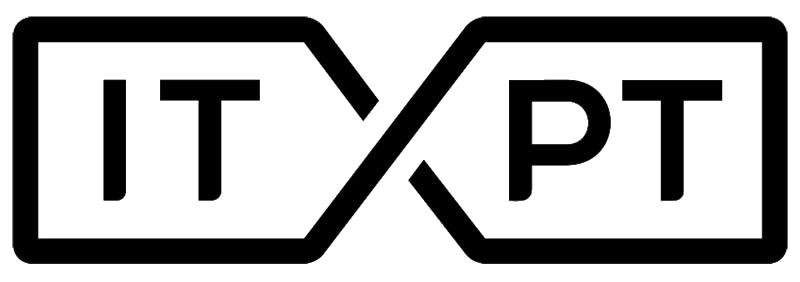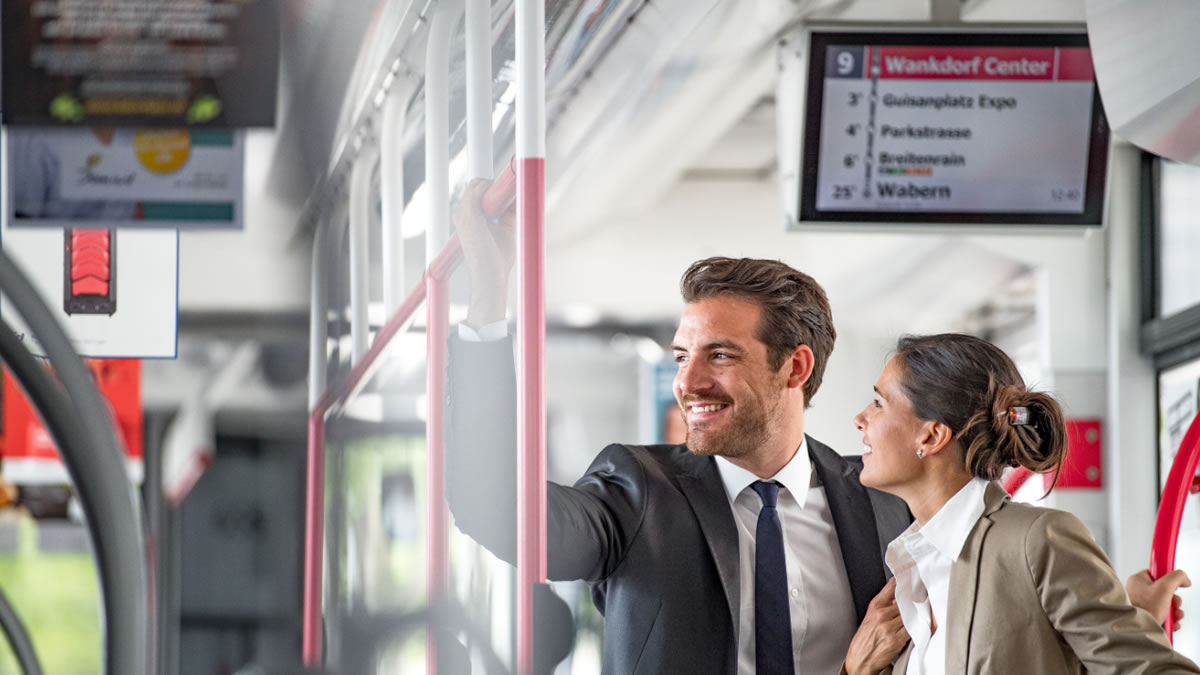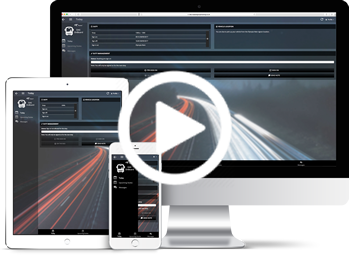ITxPT and Intelligent Transport Systems: The Connected Journey Begins Here
This post first appeared on LinkedIn by Paul Attenborough.
Public transport is speeding towards an exciting new future: one where easily, seamlessly connected vehicles will finally deliver on the promise of truly smart cities.
In the future, the Internet of Things will offer opportunities for greater intelligence, automation and responsiveness in how we deliver mobility. But for these benefits to be realised in a cost-effective and comprehensive manner, common standards are essential – which is where ITxPT plays a vital role.
The ITxPT initiative is a key industry forum making great strides in relation to standardisation. However, it is important to understand that this is a complex topic, and compliance with standardisation isn’t always the simple yes/no question that some might expect.
ITxPT and Labelling

ITxPT is a non-profit association which promotes open architecture, data accessibility and interoperability between IT systems. ITxPT members develop IT architecture for public transport and other mobility services, based on standards and best practices.
Devices that meet the ITxPT receive one or more ITxPT labels. However, there are a range of labels available, and some recognise a greater degree of interoperability – of the kind that is vital for public transport both today and into the future.
To illustrate, we at Trapeze were delighted when our on-bus Intelligent Data Router (IDR) received the ITxPT label for both the installation requirements and bus architecture requirements. The label we received covers seven of the eight applicable services (the eighth being Automatic Passenger Counting – which was released after the labelling and has since been implemented by our team in a live environment).
In practical use, our IDR’s ITxPT label includes the Automatic Vehicle Monitoring Service (AVMS) – which is designed to monitor vehicle operations and provide messages, for example for passenger information systems. AVMS is therefore essential for public transport, as it enables the connecting of more complex devices such as LEDs, TFTs and ticketing validators.
This, of course, means that devices with ITxPT labels – but lacking the AVMS service – may not be capable of connecting such devices, which could be surprising and disappointing for transport providers looking to take advantage.
ITxPT in the Field – and into the Future
The other point to note here is that obtaining an ITxPT label is a vital first step, but devices also require proven integration and operation in a live environment. Following its successful label award in 2019, Trapeze has now installed ITxPT devices in Poland (Krakow), providing our team with the experience required to deliver this kind of technology elsewhere in Europe and beyond.
Like any technology solution, it is important that ITxPT continues to grow, because achieving standardisation isn’t a one-off task. Trapeze is heavily focused on the development of ITxPT, collaborating via working groups to ensure it grows to meet future requirements.
ITxPT is vital for technology suppliers like Trapeze, as standardisation of implementations means we can prioritise our resource for innovations that will truly help our customers.
It is helping us to create better integrated and future-proof systems that reduce the cost of ownership for our customers today; and to improve services to the public through smarter, better connected, and more reliable mobility services.

Here to help
Contact us and speak with one of our specialists:
+44 (0) 808 281 1039
More Info
About Us | Careers | Contact Us | Legal | Privacy
(c) 1999 – 2021 Trapeze Software ULC. All rights reserved
Trapeze Group respects your privacy

